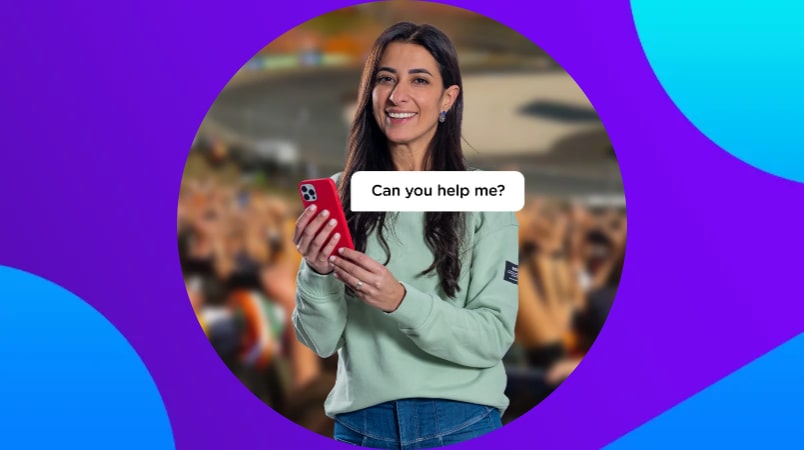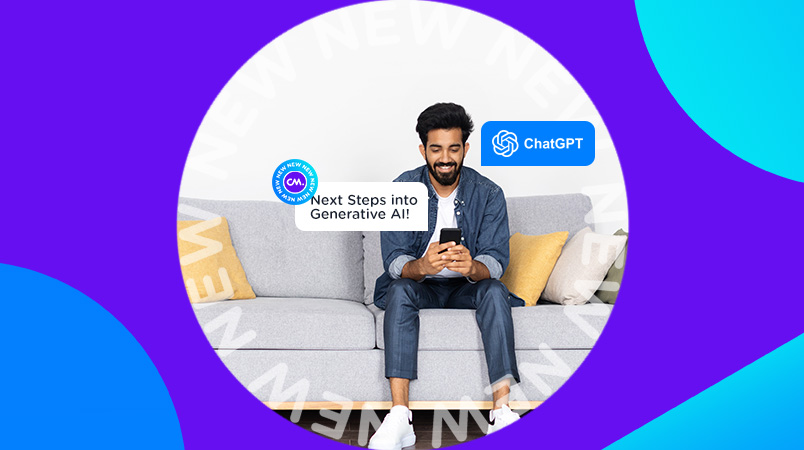Mobile Service Cloud is designed to minimize the need for customer service agents to deal with process issues so that they can give as much time and attention to the customer as possible. In Mobile Service Cloud, conversations are therefore automatically tagged. We call it: 'Auto-tagging'.
To make Auto-tagging work for you in the best possible way, it is important that you implement the right tagging system. This article gives you tips on how to do that.
How Does Auto-tagging Work in Mobile Service Cloud?
In Mobile Service Cloud, you add tags in Settings and assign them to different categories. Then you create triggers. These triggers can be based on sender and subject line, but also on keyword tracing. In the latter case, Mobile Service Cloud scans the content of your customer service messages for the keywords you specified.
Depending on the triggers you have set, the algorithm determines whether the tags are presented to your service agents as opt-out or opt-in tags. Opt-out tags are added to your service conversations without confirmation. Opt-in tags must be confirmed with a simple click before they are permanently added.
4 Essential Tips for Creating the Right Tagging System for eCommerce Customer Service
1. Define Your Goals
You use tags because you want to know what your customer service conversations are about. But why do you really want to know? In our experience, there are two main reasons:
- To get a good idea of what goes wrong where, so you can improve certain things in your processes or on your website
- Because you want to know how much time your support team spends on what, so you can properly explain how the costs for support are spent.
Whatever your goals are, make sure they are clear to you and your team.
2. The Less, the Better
If you want to have a good idea of what your customer service conversations are about, you often tend to add very specific tags. So if you sell backpacks you might be tempted to add the tag 'Backpack type 12B - zipper defect'. But if you sell 1000 different backpacks then it becomes an overly long list of tags.
You will then have to go one 'abstraction level' higher. For example, by choosing 'Backpack Brand X - defect'. Your information is then more generic, but the system remains workable. Another option is to combine tags, for example by combining the tag 'Backpacks' with the tag 'Defect - zippers'.
3. Consider Using the Stages of the Customer Journey as Categories
Suppose you get the following question: "If I pay with Klarna, will the order be shipped the same day?". This is of course a completely different question than: "I just paid with Klarna, but I haven't received an order confirmation". If both conversations were tagged with the tags "Payment Options" and "Klarna," the distinction between these questions would not be apparent from your tag report.
But if you were to use these tags as sub-categories of the stages of the shopper journey, the difference is immediately apparent. Therefore, consider using the following categories:
- Pre-sales: helping customers make the right decision
- Purchasing: helping customers to complete the transaction effortlessly and without hassle
- Delivery: problems/issues with the delivery of a product they purchased
- Returns: problems/issues related to returning a product they purchased
- Refunds: problems/issues related to refunding the purchase price of a product purchased by them
The first question in this example can be tagged here within the 'Pre-sales' category with the tags 'Payment Options' and 'Klarna'. The second question is tagged within the 'Purchase' category with the same tags. The difference is immediately clear in this way.
4. Be Exhaustive, but Avoid Overlap
When you create categories and tags, it is good to be complete, but can be very confusing to have overlap. However, we see overlap frequently. This makes it much harder to analyze and communicate the cause of problems.
Suppose the following question comes in, "Is this backpack also sturdy enough to carry a lot of textbooks on a daily basis?" If the customer service agent then has to choose from multiple categories, including e.g. "Product Questions" and "Backpacks", he will click on both categories.
But even if you use the customer journey categories, you want to avoid overlap at the tag level. For example, for this customer question, you don't want to offer the tags: 'Backpacks', 'Quality', 'Uncertainties'. This is because the customer service agent will click on all of them, which will give you ambiguous data that you can't use.
The principle described above has a name: the MECE principle. This is an abbreviation for Mutually Exclusive, Collectively Exhaustive. Your tags and categories ultimately cover all possible types of customer queries but have no overlap between them.
The YouTube video above explains this principle very well. Keep this in mind when you start working with tags & categories. A final tip: the category 'Other' is your salvation if your structure is not 100% MECE. Just make sure you don't put more than 5 tags in the 'Other' category. Otherwise, we recommend you take a second look at your categories.








